GENE VINCENT REMEMBERED
By John Einarson ~ Winnipeg Rock Historian
Born on this date, February 11, 1935 in Norfolk, Virginia,
rock 'n' roll pioneer Gene Vincent, (born Vincent Eugene Craddock), an
American musician who pioneered the styles of rock and roll and rockabilly.
His 1956 top ten hit with his Blue Caps, "Be-Bop-A-Lula", is considered
a significant early example of rockabilly. He was inducted into the Rock
and Roll Hall of Fame and the Rockabilly Hall of Fame.
Following a stint in the US Navy, in July 1955, while
he was in Norfolk, his left leg was shattered in a motorcycle crash. He
refused to allow the leg to be amputated, and the leg was saved, but the
injury left him with a limp and pain. He wore a steel sheath around the
leg for the rest of his life. Soon after, Craddock became involved in the
local music scene in Norfolk. He changed his name to Gene Vincent and formed
a rockabilly band, Gene Vincent and His Blue Caps (a term used in reference
to enlisted sailors in the U.S. Navy). In 1956 he wrote "Be-Bop-A-Lula",
which drew comparisons to Elvis Presley and which Rolling Stone magazine
later listed as number 103 on its "500 Greatest Songs of All Time".
After "Be-Bop-A-Lula" became a hit, Vincent and His Blue
Caps were unable to follow it up with the same level of commercial success,
although they released critically acclaimed songs like "Race with the Devil"
(number 96 on the Billboard chart) and "Bluejean Bop" (number 49 on the
Billboard chart). The group had a hit in 1957 with "Lotta Lovin'" (highest
position number 13 and spending 19 weeks on the Billboard chart). Vincent
was awarded gold records for two million sales of "Be-Bop-A-Lula", and
1.5 million sales of "Lotta Lovin'".
Vincent also made an appearance in the film The Girl Can't
Help It, with Jayne Mansfield, performing "Be-Bop-A-Lula" with the Blue
Caps in a rehearsal room. "Dance to the Bop" was released by Capitol Records
on October 28, 1957. On November 17, 1957, Vincent and His Blue Caps performed
the song on the nationally broadcast television program The Ed Sullivan
Show. The record spent nine weeks on the Billboard chart and peaked at
number 23 on January 23, 1958. It was Vincent's last American hit single.
For US tax reasons, Vincent relocated to Europe in 1959.
On December 15, 1959, he appeared on Jack Good's TV show, Boy Meets Girl,
his first appearance in England. He wore black leather, gloves, and a medallion,
and stood in a hunched posture. Good is credited with the transformation
of Vincent's image. After the TV appearance he toured France, the Netherlands,
Germany and the UK.
On April 16, 1960, while on tour in the UK, Vincent, Eddie
Cochran and the songwriter Sharon Sheeley were involved in a high-speed
traffic accident in a private-hire taxi in Chippenham, Wiltshire. Vincent
broke his ribs and collarbone and further damaged his weakened leg. Sheeley
suffered a broken pelvis. Cochran, who had been thrown from the vehicle,
suffered serious brain injuries and died the next day. Vincent returned
to the United States after the accident. Vincent returned to the UK in
1961 backed by Sounds Incorporated and in 1963 with a band that included
future Deep Purple guitarist Ritchie Blackmore.\
Vincent continued to record for a variety of American
labels. Vincent died at the age of 36 on October 12, 1971, from a ruptured
stomach ulcer, while visiting his father in California. He was the first
inductee into the Rockabilly Hall of Fame upon its formation in 1997. The
following year he was inducted into the Rock and Roll Hall of Fame. Vincent
has a star on the Hollywood Walk of Fame.
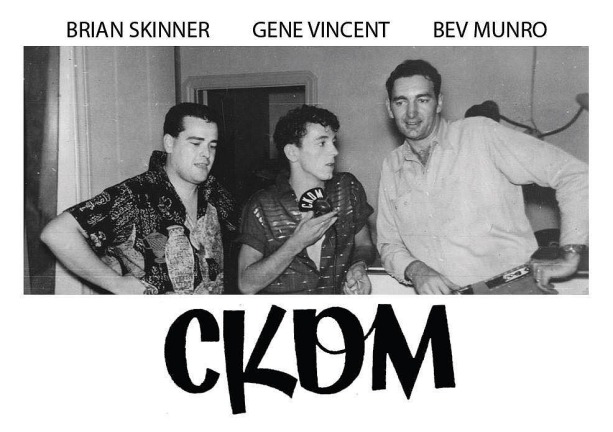

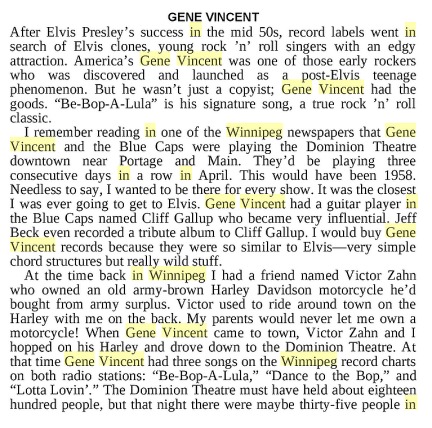
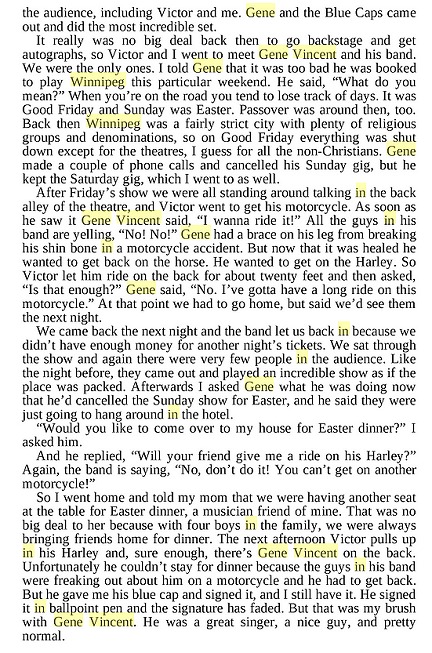
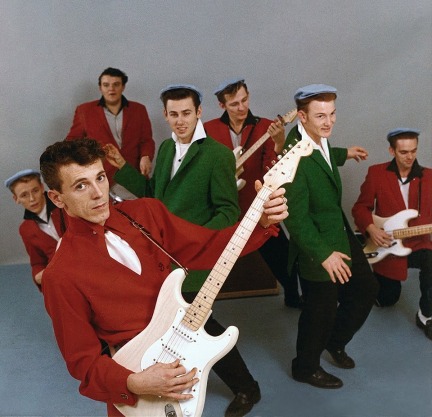
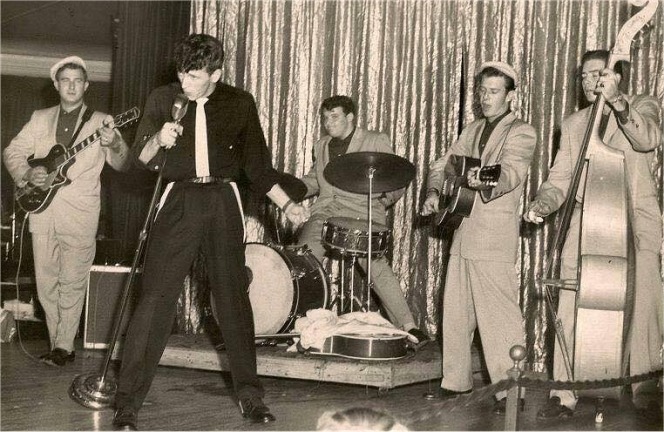
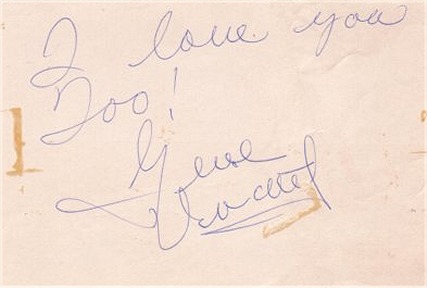
![]()
![]()